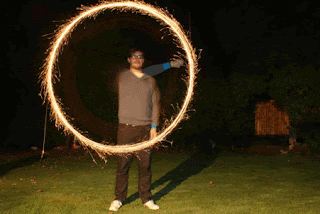 Last night a student brought over the recent Tricycle with the article, Dharma Wars: What is it about the Internet that turns Buddhist teachers into bullies? It chronicles a few of the more ignoble moments of internet dharma exchange – people questioning each other’s credentials and saying mean things.
Last night a student brought over the recent Tricycle with the article, Dharma Wars: What is it about the Internet that turns Buddhist teachers into bullies? It chronicles a few of the more ignoble moments of internet dharma exchange – people questioning each other’s credentials and saying mean things.
Although I don’t think the author, Zenshin Michael Haederle, supported the eye-catching “bully” thing in the body of the piece, he raises some important criticisms of internet dharma practice.
The dramatic part is hardly a news flash. It’s easy to zip off zingers without reflection. “People don’t realize they’re relating to a machine,” says Ken McLeod. “Something pops up on their screen that offends them and they scream at it.”
Sure enough. I moderate the comments here so we have little of that. On the one hand, I want to encourage participation and on the other I want to encourage conversation that is to the point and opens vistas, not publish someone practicing their pathology. I’ve probably deleted 18 or so comments in the past 18 months of blogging.
Another criticism Haederle presents is about the leveling effect of the internet. “Anybody with a keyboard is instantly allowed to present whatever they’ve pulled out of their butts as if it were the dharma,” says dear Rev. James Ford.
Sure enough. Indeed, to deepen our life, a sustained, calm heart mind is necessary, so one of my concerns is that whatever dharma might be offered via the internet might be received with the same glazed mind one might attain after Facebooking for several hours. Although if you look around at your local Zen hall (or at yourself) during a dharma talk … well, a certain portion of the people (those people!) are zoning there too. The speaker, of course, might also be beating the same dead horse … as do we all from time to time.
Once again, it’s not the tool but how it’s used.
What I want to do here is to create – together – an online Zen training program that is accessable AND that has depth and integrity. If you’d like to be a part of that, stay tuned. I’m in the midst of digesting the experience from the current 100 day training that added webinars for the first time and will be asking for feedback and ideas soon about how you think we might go forward.
I’ll give James the last word (from the article): “I think that on the balance, more good will come out of this than harm. I think it’s bad for many people participating, I think a level of misinformation is ubiquitous, and I think it’s very exciting.”


















